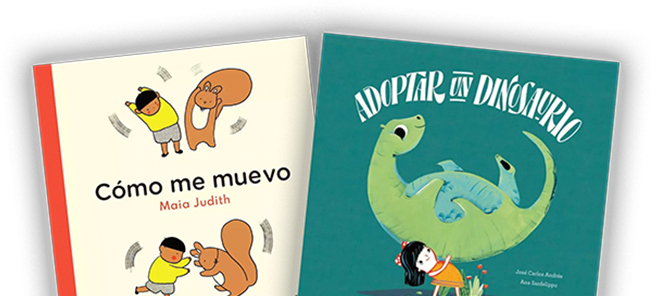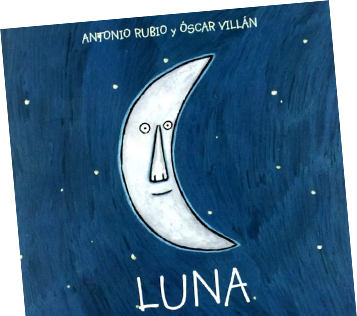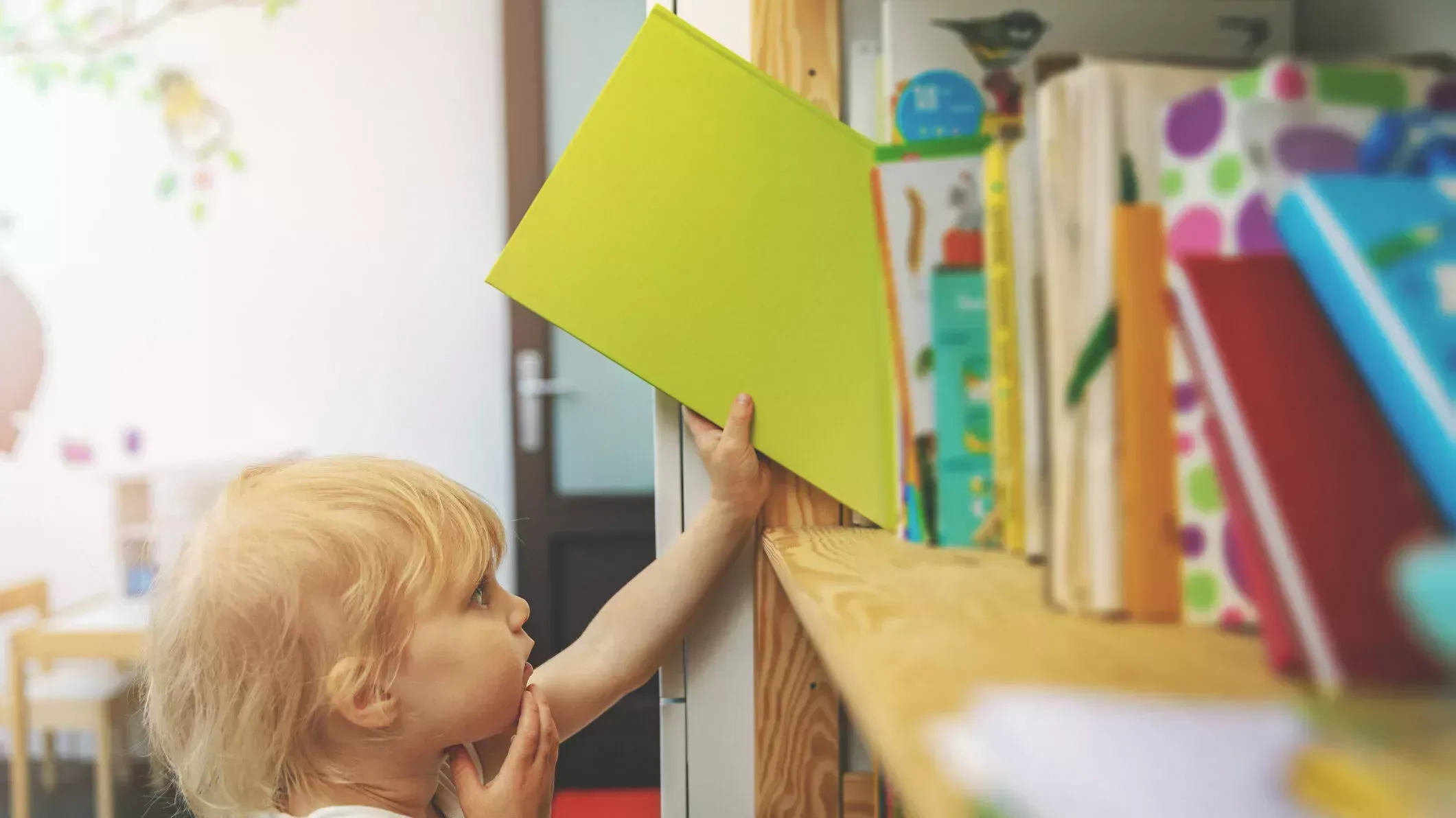
From traditional print to audio and e-books, there are more options than ever when it comes to children’s literature. For new parents looking to raise a reader, you may be wondering where to start. App for that? Children’s books on tape for your pre-reader? Well, despite the admitted ease and convenience of new and digital formats – and they certainly have their place -- good old print it still the recommended format for reading and language development.
Research has shown higher quality interactions between parents and young children while reading traditional books over digital apps, and one recent study concluded that parents and toddlers spoke less overall, and spoke less about the story when they were looking at electronic books compared with print books.
So, now that we’ve landed on paper as your format of choice, you may be wondering: picture or board books? This answer is not as clear cut, so we’ve put together a handy guide to help you understand the key differences and choose the best books for your niño.
What Are the Differences Between a Picture Book and a Board Book?
A board book is a book with thick pages that will not tear or break easily. They are typically made of cardboard and are used to teach young children how to use books. Board books typically have few words on each page and bright, colorful illustrations that help guide the reader through the story without overwhelming them with too much information at once.
A picture book is longer than a book board, and most often contains both text and illustrations on paper pages. The text may be written in columns or in paragraph form, but it isn't necessarily told using rhyme or rhythm like many board books. Picture books are generally more complex than book boards, and are typically intended for an older audience.
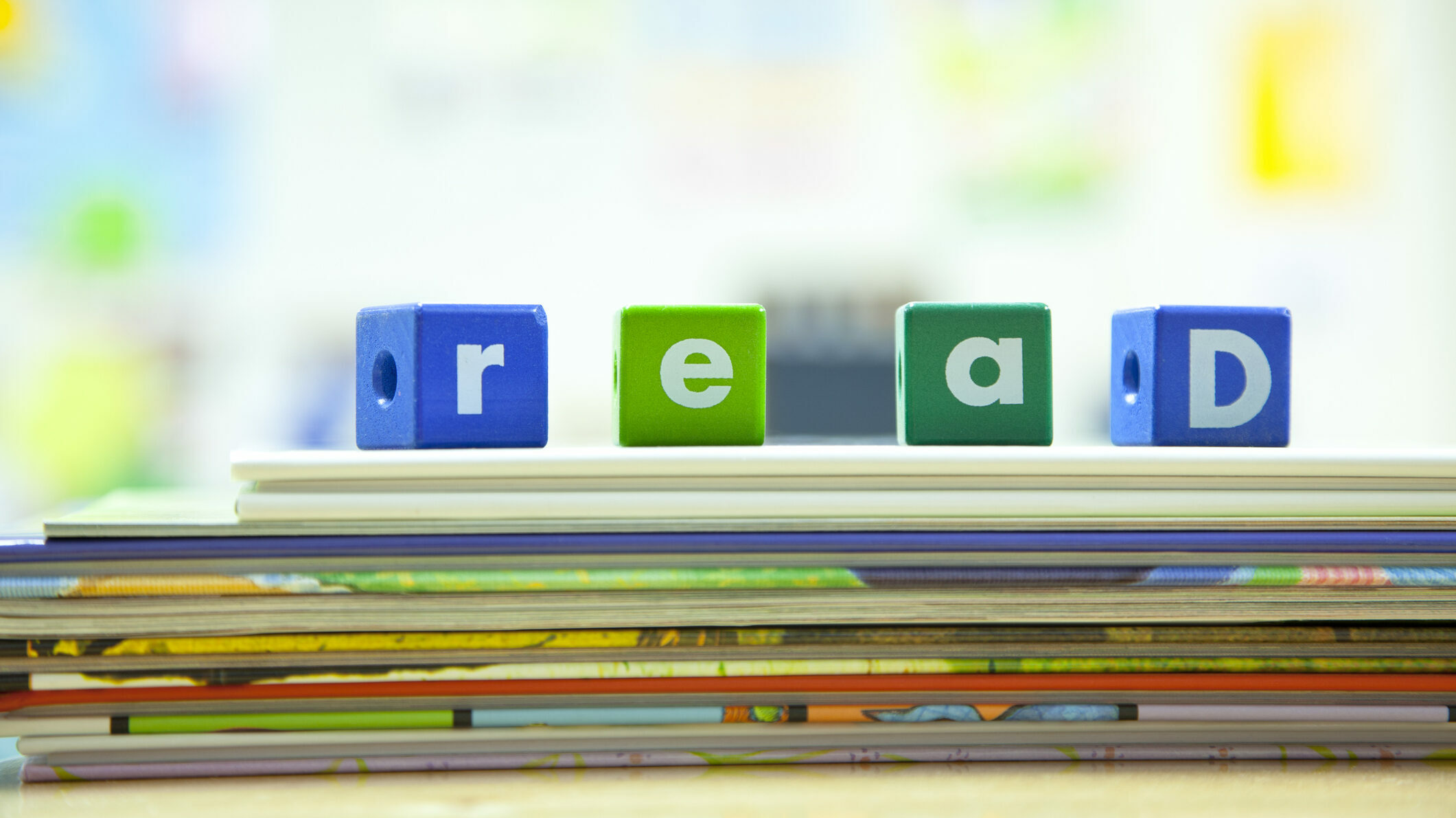
Benefits of board books
Accessible
Board books are a great way to make books accessible to your child. They help your child hold onto the book and turn the pages, which can be difficult for kids who have trouble with fine motor skills.
Long-lasting
Board books are sturdy and durable, making them ideal for children who love to read and re-read their books over and over again. With board books, you can rest assured that your child is using a product that will last them for years to come.
Engaging
Board books tend to have engaging for babies and toddlers. The bright colors and patterns will capture attention immediately, which will help them to stay focused on what's going on in the story instead of getting distracted by other things in the room.
Recommended Spanish Board Books
For Newborns (and Parents)

Cuánto mamá te quiere
by Terry Pierce, illustrated by Simone Shin
With lilting lullaby text and beautiful silk-screen illustrations, this soothing board book for newborns celebrates the never-ending nature of a mother’s love.

Naciste para me
by Zack Bush, illustrated by Gregorio De Lauretis
A heartfelt presentation of tender moments that tie a father and son together forever. The best seller by Zack Bush, now available en español.
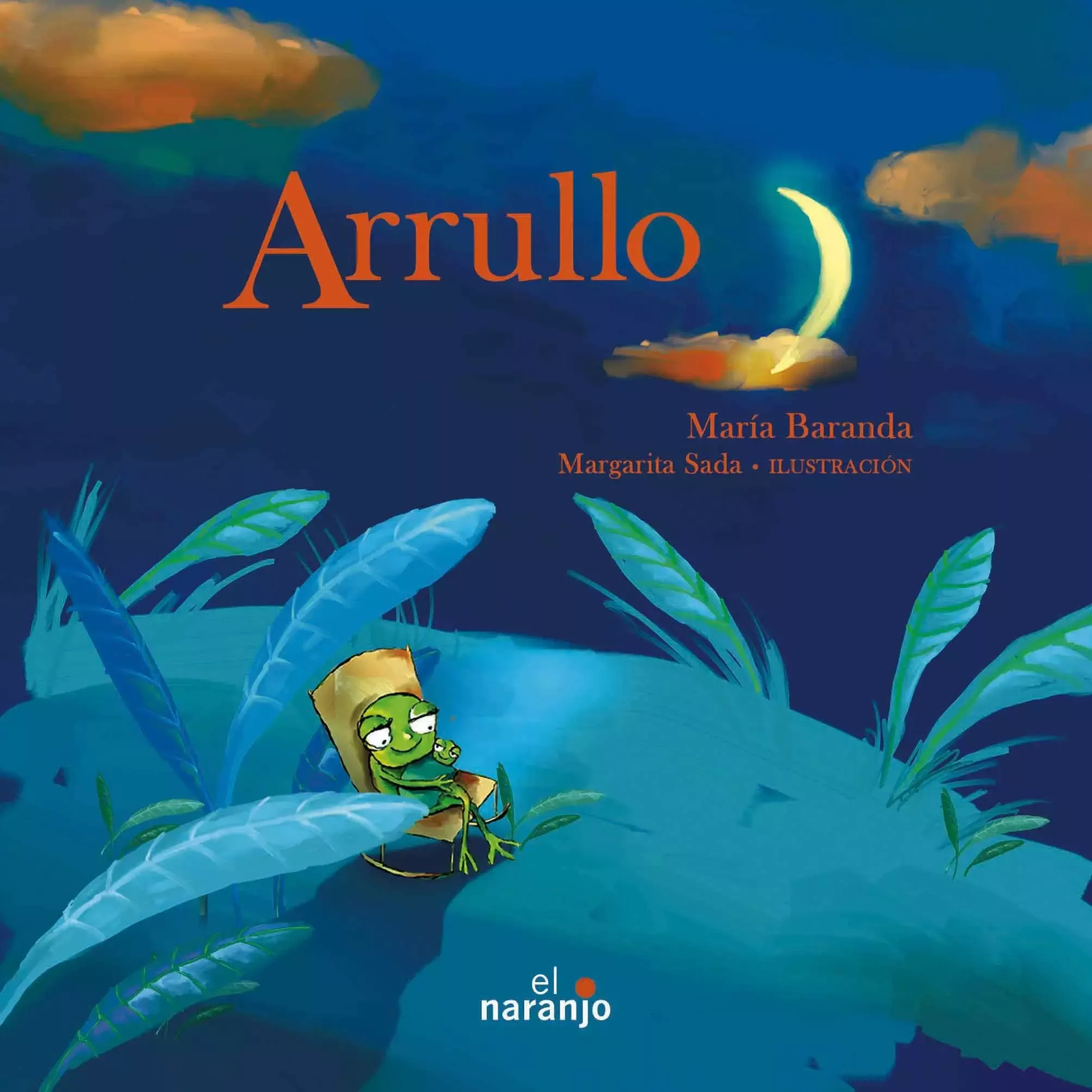
Arrullo
by Maria Baranda, illustrated by Margarita Sada
A soothing, rhythmic, very sweet bedtime read for parents and little ones.
For Toddlers
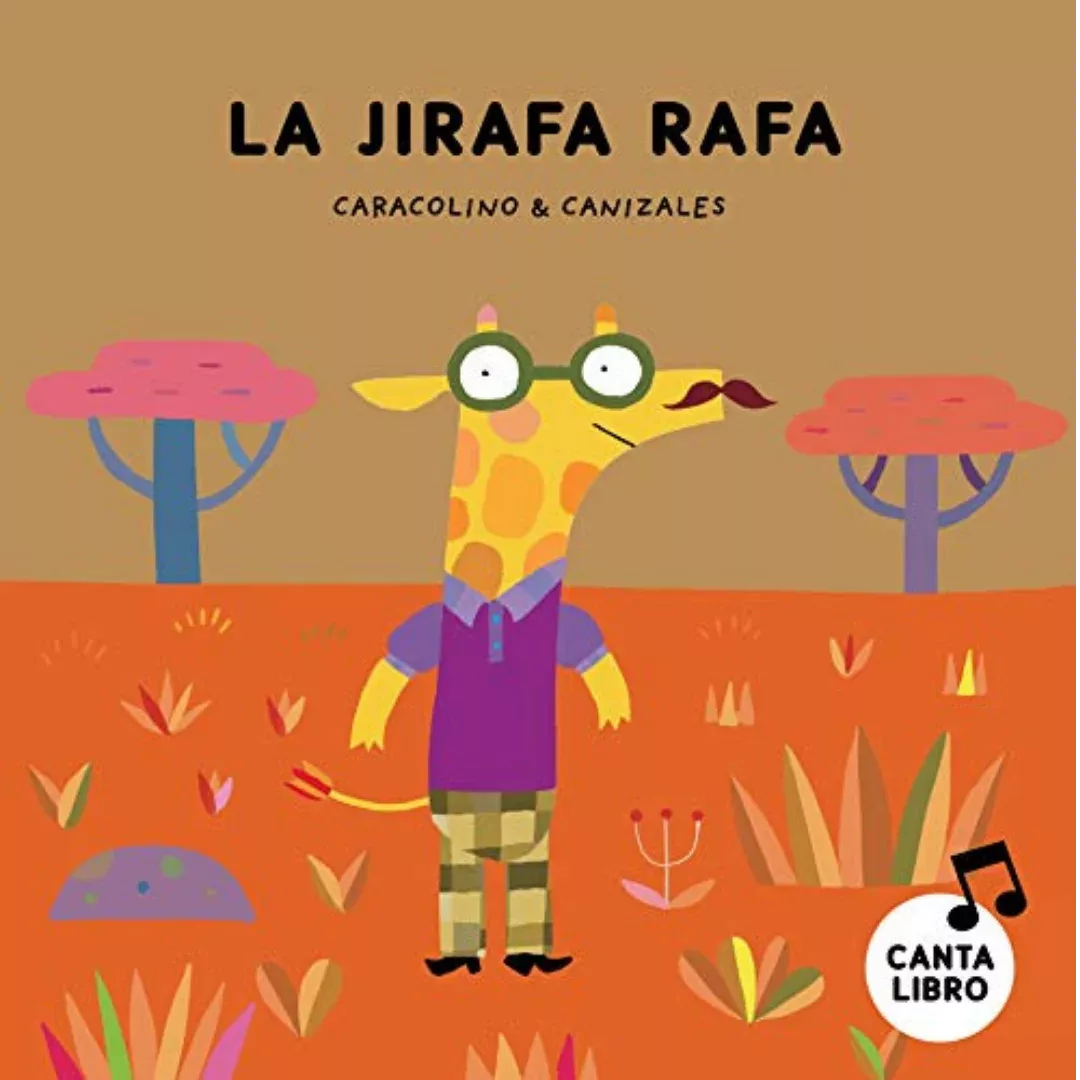
La Jirafa Rafa
by Caracolino, illustrated by Canizales
With his whiskers and glasses, little ones will love reading and singing about his adventures in the Savanna.
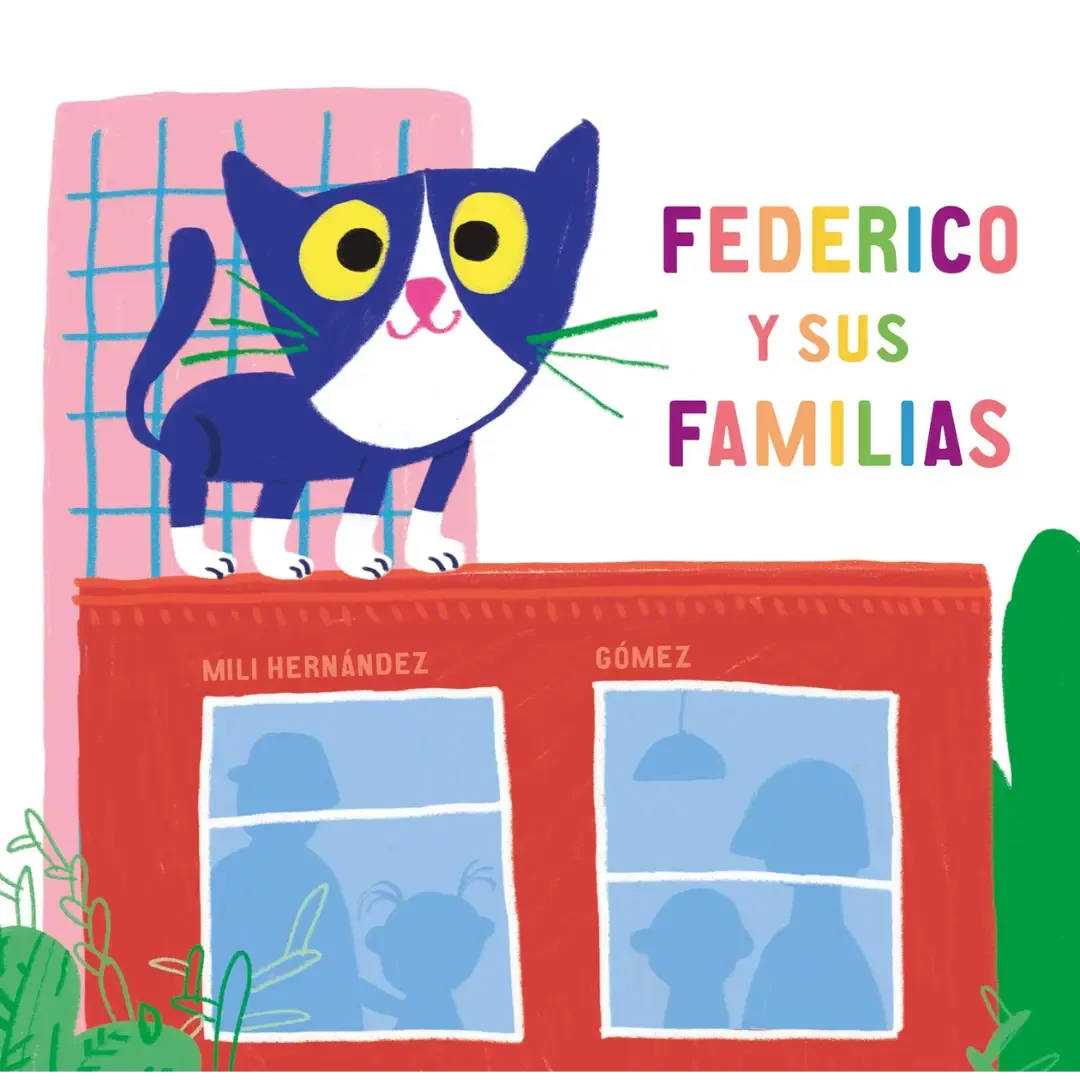
Federico y sus Familias
by Mili Hernández, illustrated by Gómez
This very sweet little tale is a warm-hearted introduction to diversity, empathy, and acceptance. A simple, subtle, delightful gem.

Mi Voz
by Jose Fragoso, illustrated by Jose Fragoso
The bilingual, board book edition of this empowering story about leadership, self-confidence, and the power of your voice!
For more of the world's best Spanish board books, check out our Board Book subscription box.
Benefits of picture books
Build language skills
Picture books are a great way to build language skills, as they focus on introducing the reader to new vocabulary and grammar structures. They get your child used to reading words and sentences, which prepares them for reading chapter books later in life.
Developed plots
Picture books help children understand that stories have different characters, settings, and plots. They offer a more complex structure than books for lower reading levels, helping children to understand a complete and detailed story.
Learn about the world
The themes of some of the best picture books explore the world and how it works. They help children to develop empathy and compassion, and even teach them how to be good citizens in their everyday life.
Recommended Spanish Picture Books
For Ages 3-6

Te Como a Besos
by Carmen Gil, illustrated by Laure Du Faÿ
Affection and laughs can make an angry monster (or little kid) become a cuddly one. An adorable intro to emotional maturity.

Alma y cómo obtuvo su nombre
by Juana Martinez-Neal, illustrated by Juana Martinez-Neal
What’s in a name? For one little girl, her very long name tells the vibrant story of where she came from — and who she may one day be.
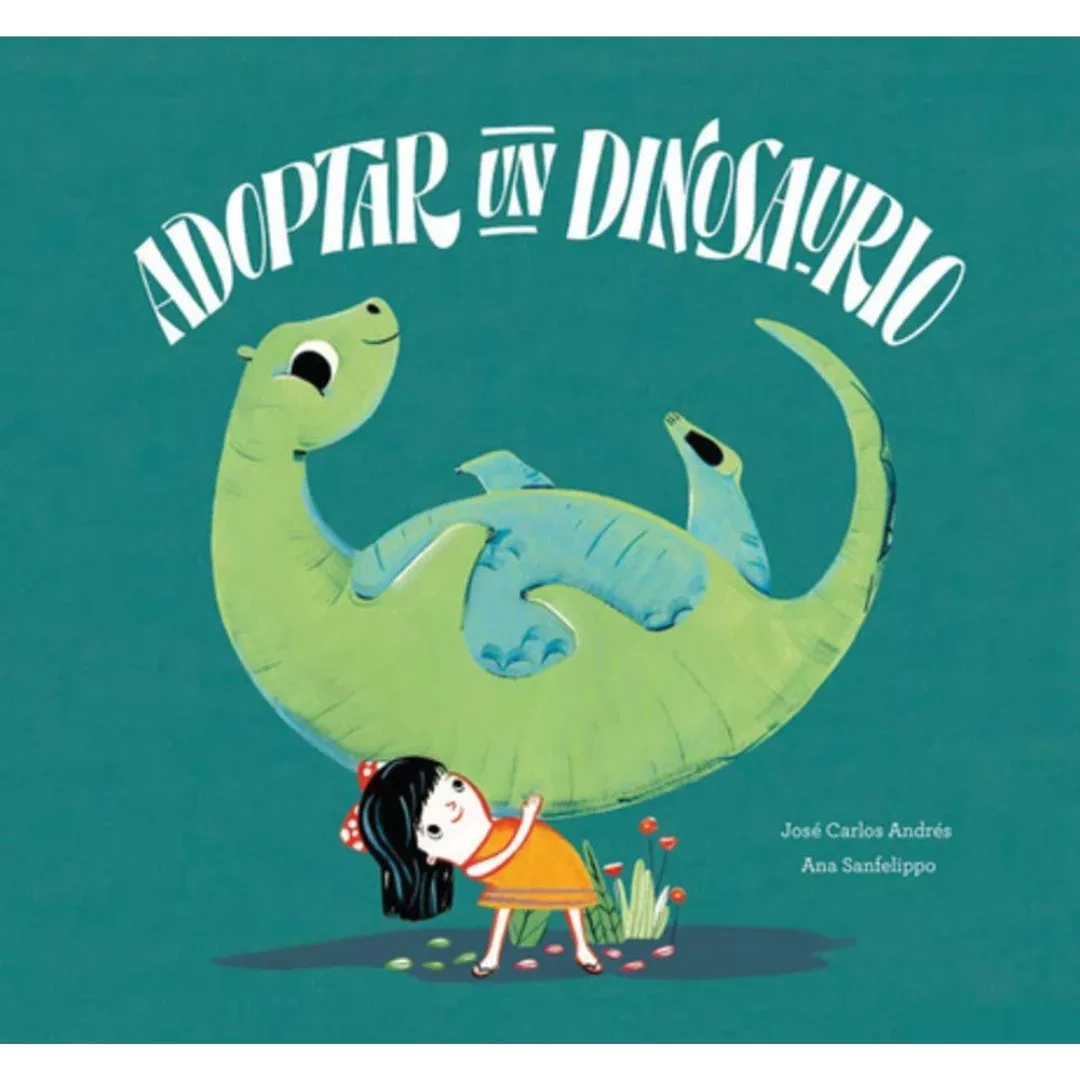
Adoptar Un Dinosaurio
by José Carlos Andrés, illustrated by Ana Sanfelippo
A whimsical tale about imagination, fantastical pets, and a kid who knows exactly what she wants and won’t stop until she makes it happen.
For Ages 6-8
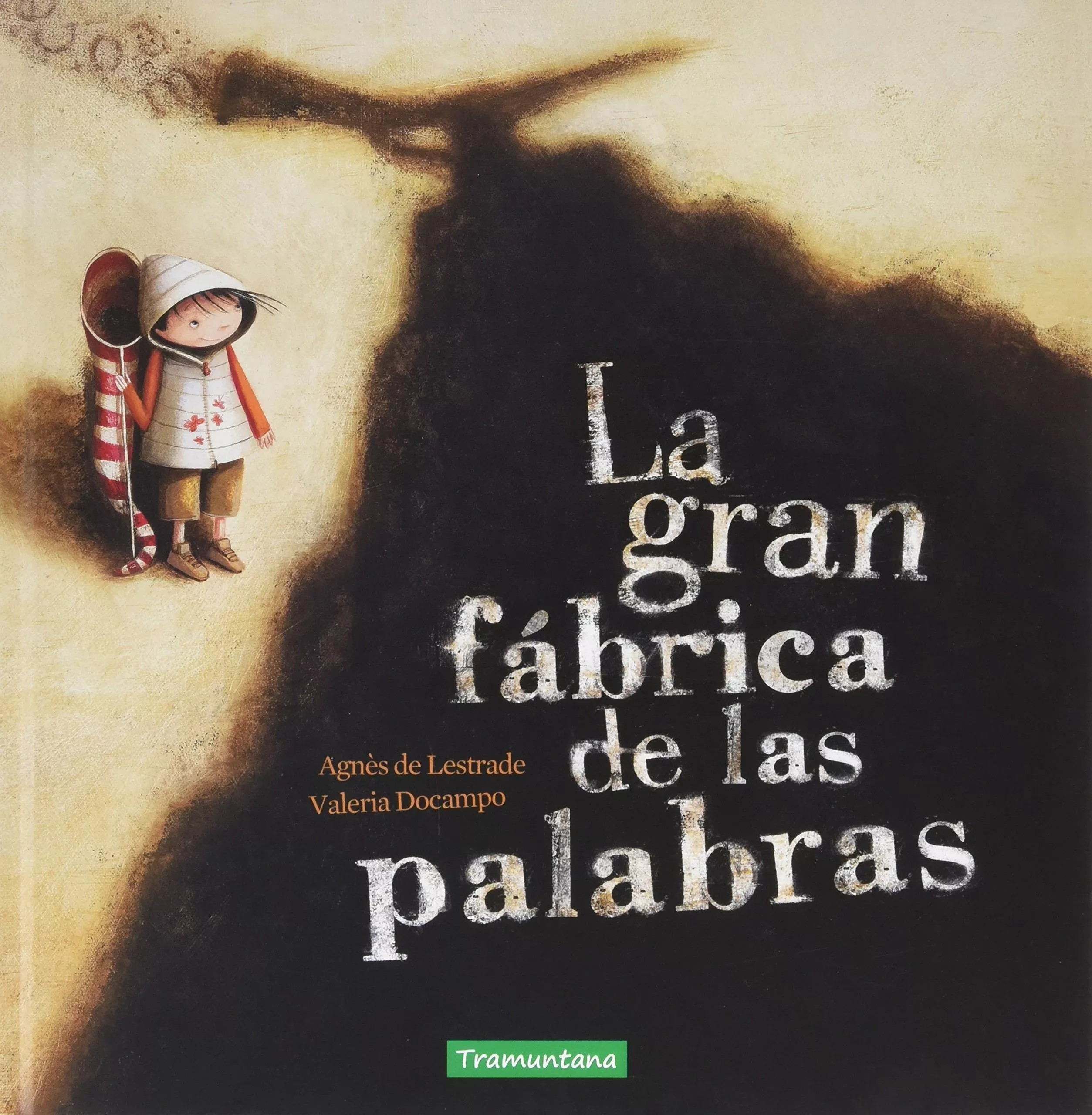
La gran fábrica de las palabras
by Agnes DE Lestrade, illustrated by Valeria Docampo
This story offers the chance to reflect on the value we give our words. If you had to pay for every word that came out of your mouth, which ones would you choose to say?
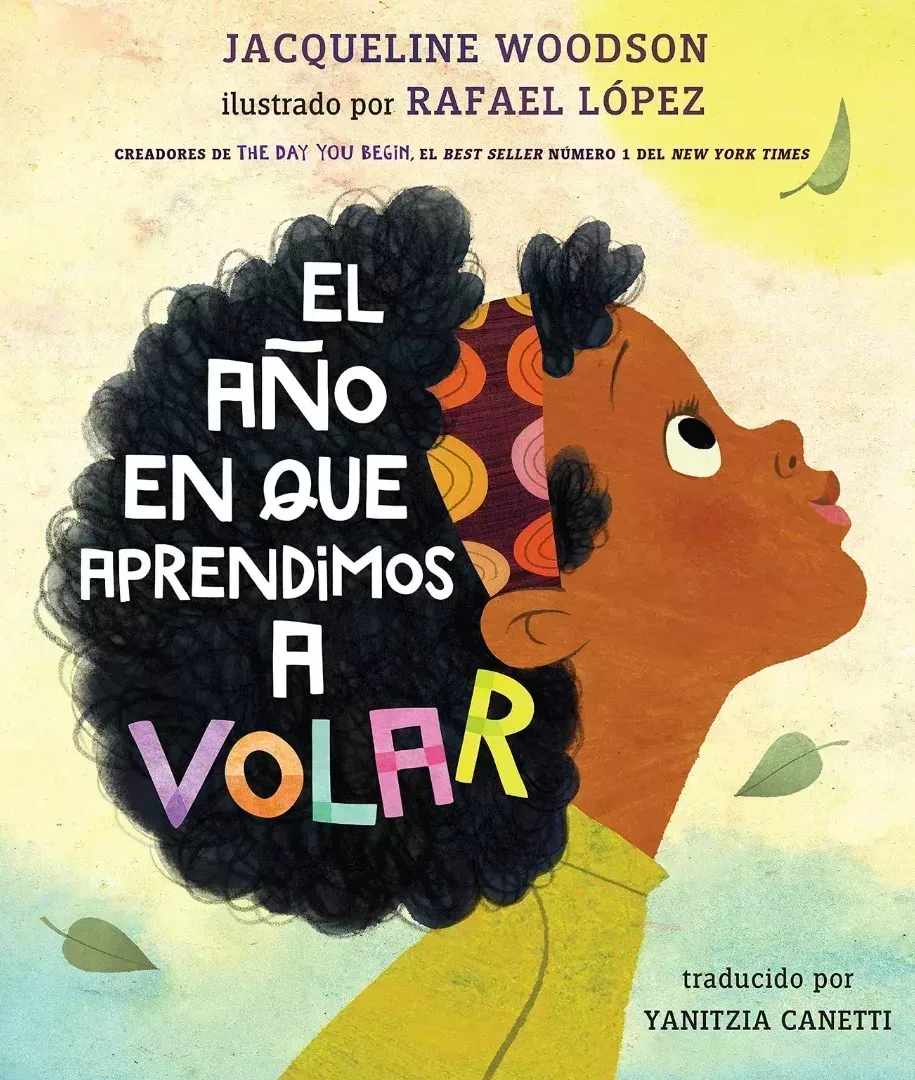
El Año En Que Aprendimos a Volar
by Jacqueline Woodson, illustrated by Rafael López
From award-winning author Jacqueline Woodson, comes this uplifting, vibrant story about the power of imagination.
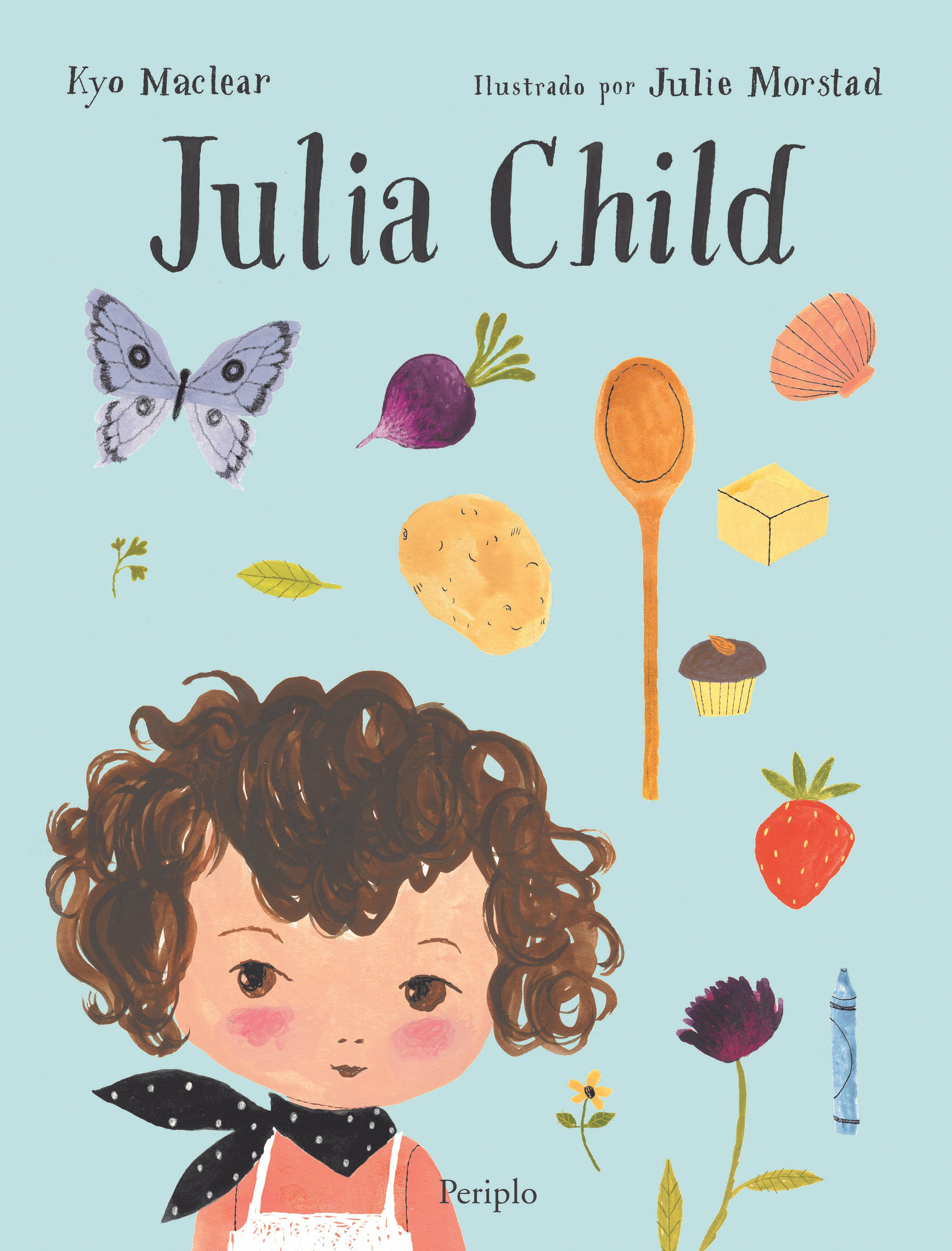
Julia Child
by Kyo Maclear, illustrated by Julie Morstad
This beautifully illustrated book is a playful celebration of the joy of eating, loosely inspired by the real (and iconic!) Julia Child.
For more of the world's best Spanish picture books, check out our Picture Book subscription box.
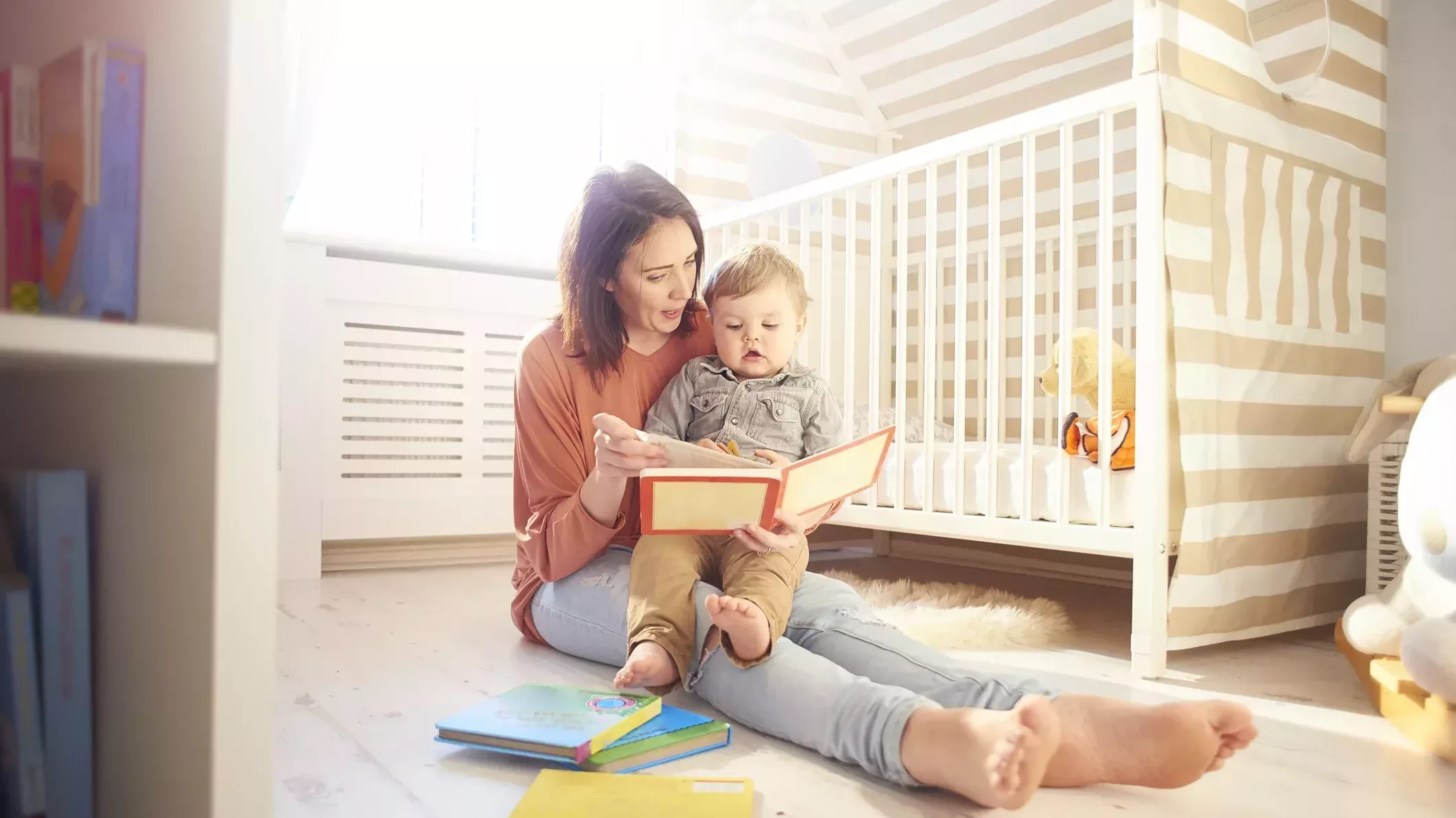
Co-reading vs. Independent Reading
Board books are generally the first book format used by parents, as they act as a starting point for graduating to picture books. Some parents wonder if it makes sense for their child to start their own independent reading with board books, or if those are best suited only for co-reading and listening.
The truth is, each parent and child has their own reading journey, and there is no right or wrong when it comes to independent reading or co-reading.
Co-reading or independent reading are both great ways to help your child develop their reading skills in a fun, interactive way. Here's some information that will help you decide which one may work best for your child:
Co-reading
Co-reading involves having a parent or caregiver read aloud to the child. Co-reading allows for more interaction between parent and child, along with mutual understanding of the text and how it relates to the world around them.
When you co-read with your child, you can help them understand what they're reading by pointing out words and asking questions about the story. This helps build their vocabulary and comprehension skills.
Independent reading
Independent reading allows children to focus on their own reading experience while still receiving support from parents who are there when needed.
If you want to encourage your child's independence in reading, try giving them board books which you know they are drawn towards so that they'll want to read on their own.
Is Your Child Is Ready to Graduate to Picture Books?
Deciding when your child is ready to graduate from board books to picture books can be a tough choice. Board books are so much fun and have so many benefits, but it's also important that children transition into reading actual books at some point. So, when should you make the switch?
There's no one right answer here. It really depends on your child's interests, strengths and weaknesses, and how they're growing as a reader. So don't let yourself get frustrated by all those board books if your child isn't yet ready for them to be done with them.
Here are some signs that your child might be ready for picture books:
- They can sit still for longer periods of time
- They're interested in learning about new things (like animals or people)
- They enjoy looking at pictures and want to learn what those pictures mean
- They're curious about how things work (like why snowflakes look the way they do)
One thing that is important to keep in mind—the more they read, the better they'll get at it. So ensuring that you have regular reading sessions with your child will really help them to improve quickly.
